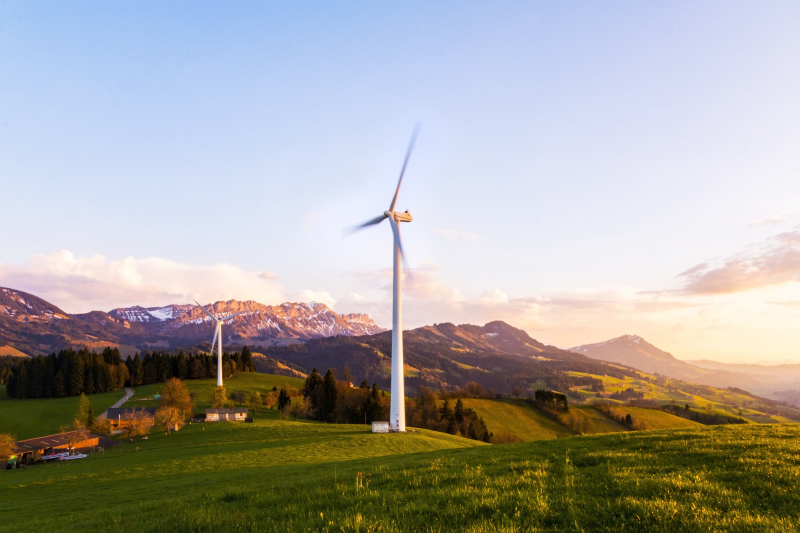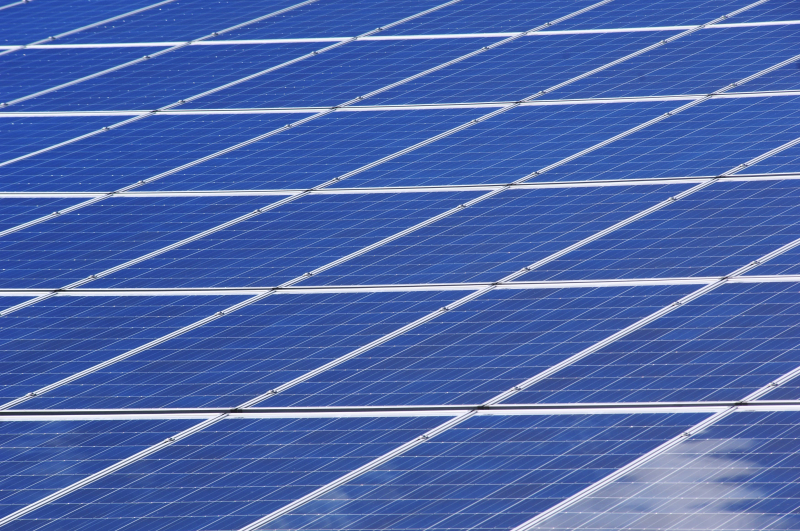Renewable and Non-renewable Energy Sources
Essay topic: Renewable and Non-renewable Energy Sources.
Answer:
In our world, energy plays a big role in our daily lives. There are different kinds of energy sources, and they can be grouped into two main types: renewable and non-renewable.
Renewable energy comes from sources that won't run out, like the sun, wind, and water. One big benefit of renewable energy is that it is friendly to the environment. Solar panels use sunlight to make electricity, wind turbines use the wind's power, and hydroelectric plants use the energy of flowing water. These sources don't produce harmful pollution and are considered cleaner for our planet.
On the other hand, we have non-renewable energy sources. These are things like coal, oil, and natural gas. They come from the earth, but they take a very long time to form, much longer than a human's lifetime. Once we use them up, they are gone. Non-renewable sources also release a lot of pollution when we use them, contributing to climate change and harming our air and water.
Now, let's look at some differences between these two types of energy. First, renewable energy is better for the environment. It doesn't produce as much pollution, helping to keep our air and water clean. Second, non-renewable energy is not good for the environment. When we burn fossil fuels like coal or oil, it releases harmful gases into the air, causing problems for our planet.
In conclusion, while renewable and non-renewable energy sources both help power our homes and gadgets, they are different in how they affect the environment. Renewable sources are cleaner and better for our planet, while non-renewable sources cause more pollution and can harm the Earth. It's important for us to think about where our energy comes from and how we can make choices that help take care of our home.












